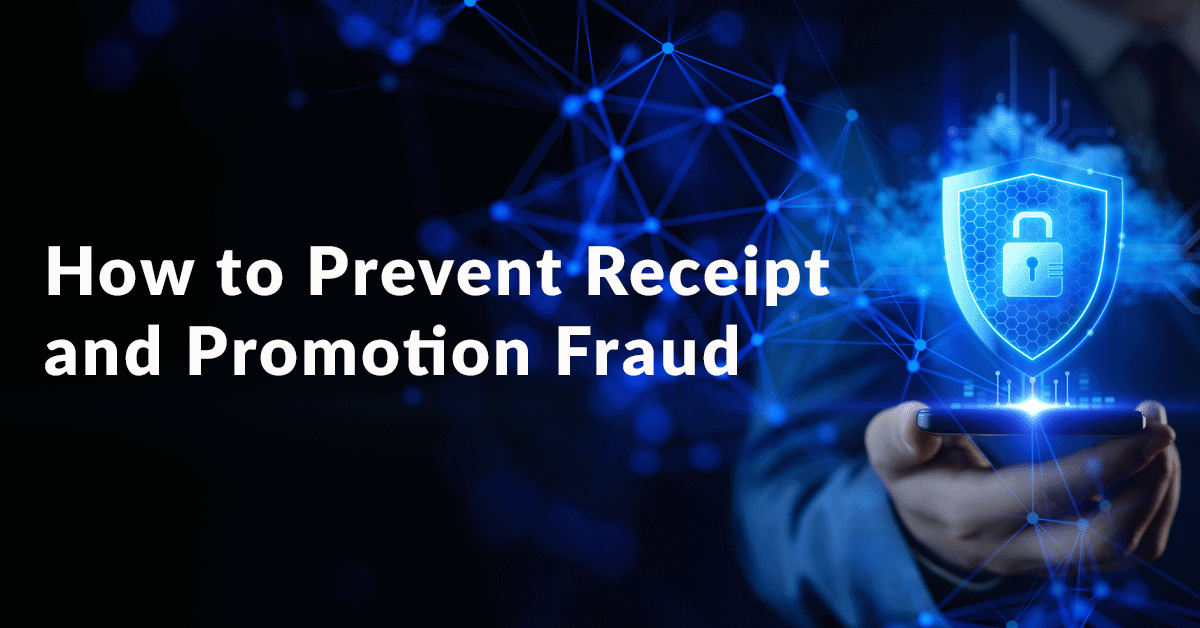Loyalty programs work – when done right. 58% of consumers spend more with brands offering valuable loyalty programs, yet most programs fail to capture this opportunity.
Loyalty program innovation separates industry leaders from those running outdated, transactional systems. In a recent Engagement Matters episode, Snipp connected with Joy Das Gupta, a former Starbucks Loyalty Marketing expert, to uncover what works in modern loyalty program design.
Here are the key lessons to transform your approach to customer loyalty program innovation.
1. Never Remove Benefits Without Adding New Value
When you amend your loyalty benefits, always add something of value in return.
Starbucks did this when they changed their redemption threshold from 12 to 15 stars. To offset this change, they added food items (like breakfast sandwiches and pastries) as redemption options alongside drinks. Customers responded positively because the new food choices added more value than the extra stars took away.
Takeaway: Before reducing any program benefits, identify and add new valuable features that customers will appreciate. This maintains goodwill during necessary economic adjustments.
2. Align Loyalty With Your Brand Mission
The most memorable loyalty programs extend beyond transactions and embody core brand values.
Programs that reflect your company's mission create stronger emotional connections and differentiate you from competitors who only offer discounts.
A good example of this is REI. They implemented a loyalty program that allows members to trade in gently used outdoor gear for store credit. This program aligns with their brand mission of sustainability and environmental responsibility while providing tangible value to customers.
Takeaway: Identify your brand's core values and design loyalty mechanics that reinforce them. Create rewards that reflect what your brand stands for.
3. Make Rewards Attainable and Meaningful
Loyalty programs fail when rewards feel unreachable. Customers quickly disengage when they realize they'll never earn enough points for meaningful rewards. Successful loyalty program best practices include clear, achievable reward thresholds.
Takeaway: Create a clear path to rewards with quick wins and milestone achievements. Test your program with actual purchase patterns to ensure most customers can earn meaningful rewards within 2-3 months.
"Programs that don't deliver tangible value – like discounts or easy redemptions – fail to engage consumers." - Chris Cubba, Promotions & Loyalty Specialist
4. Don't Underestimate Simple Monetary Rewards
Simple discounts and cash-back rewards drive repeat purchases and program engagement. In fact, 86% of people rate simple financial rewards as the most important aspect of a loyalty program. Many brands overcomplicate their programs when customers primarily want clear monetary value.
Takeaway: Build your brand loyalty strategy on a foundation of monetary value before adding more complex benefits.
5. Create Value Through Strategic Partnerships
Strategic partnerships allow you to offer premium benefits without hurting margins. Nearly 75% of consumers “expect benefits beyond a brand’s own products,” such as offering partnerships with other retailers, exclusive content or events.
Verizon does this by including Disney+ in select plans –providing high-perceived value that keeps customers in their ecosystem without direct service discounts. It's also key to find the right loyalty program provider.
Takeaway: Identify complementary, non-competing brands that share your customer base. Create partnership offers that deliver outsized perceived value relative to cost.
6. Design Based on Consumer Insights
Loyalty program best practices prioritize customer motivations over pure financial models. Programs designed solely from spreadsheets fail to engage customers because they reflect only what's financially viable, rather than what motivates behavior.
Takeaway: Use customer interviews and behavioral data to identify true motivators. Validate financial models against actual customer feedback before launch.
7. Deliver True Personalization, Not Just Name Tags
Effective loyalty program innovation delivers contextually relevant offers at the right moment. Simply using a customer's name in communications doesn't constitute real personalization. True personalized loyalty programs respond to behavior patterns and preferences.
Takeaway: Analyze purchase patterns to create segments based on behavioral trends, not just demographics. Develop targeted offers for specific moments in the customer journey, and test continuously to refine your approach.
"Real personalization comes from acting on meaningful data about customer behavior and context, something most brands haven't mastered." - Joy Das Gupta, Loyalty and Retention Marketing Consultant
8. Approach AI With Realistic Expectations
While artificial intelligence promises to transform loyalty programs, most brands should focus on fundamentals first. Even sophisticated companies struggle to create AI-powered offers that consistently align with customer habits and preferences.
On the other hand, beauty brands are better positioned to implement effective AI-driven loyalty initiatives due to the nature of product matching and more predictable customer behavior patterns in this category.
Takeaway: Focus on getting loyalty fundamentals right before investing heavily in AI. Test small-scale AI initiatives with clear customer loyalty metrics before full implementation.
Innovate to Stay Ahead
Effective loyalty program innovation strikes the perfect balance between financial value and emotional connection. The most successful programs continuously evolve. While your competitors chase trends, focus on these proven best practices to build lasting customer relationships.
Looking to revitalize your loyalty program? Connect with our loyalty experts to find out how.






